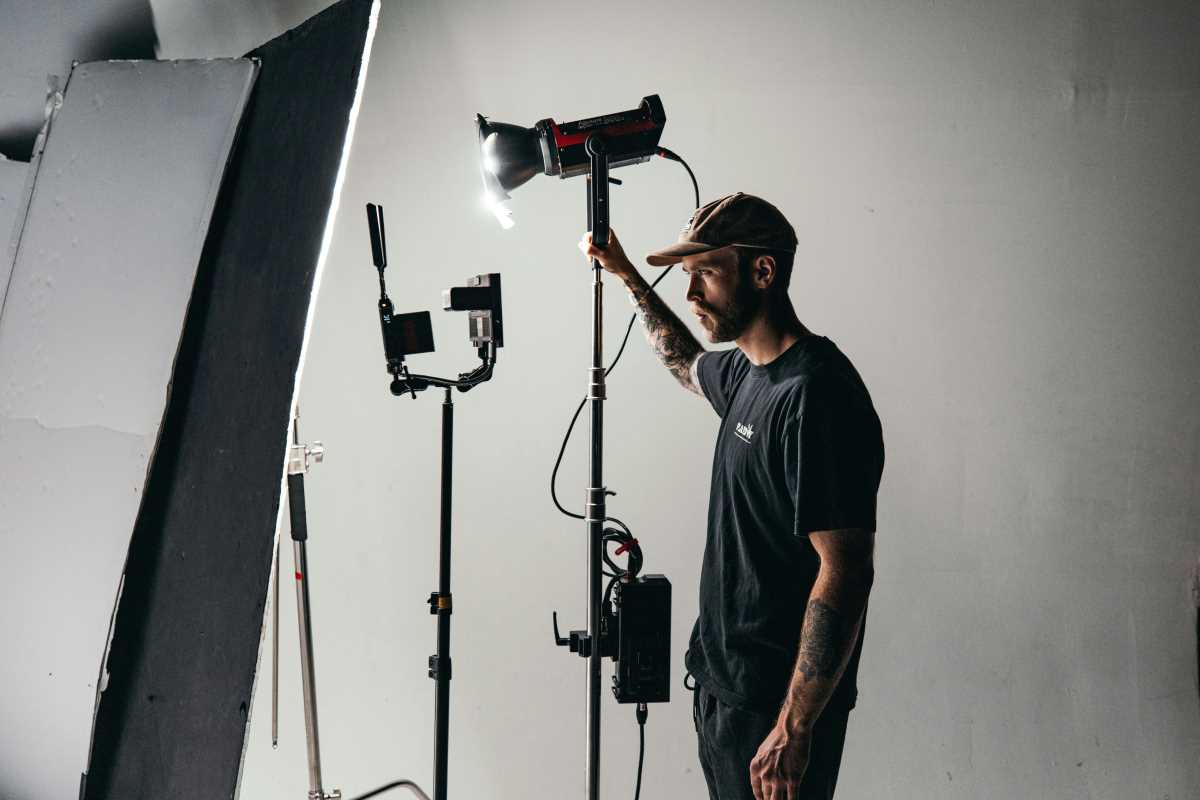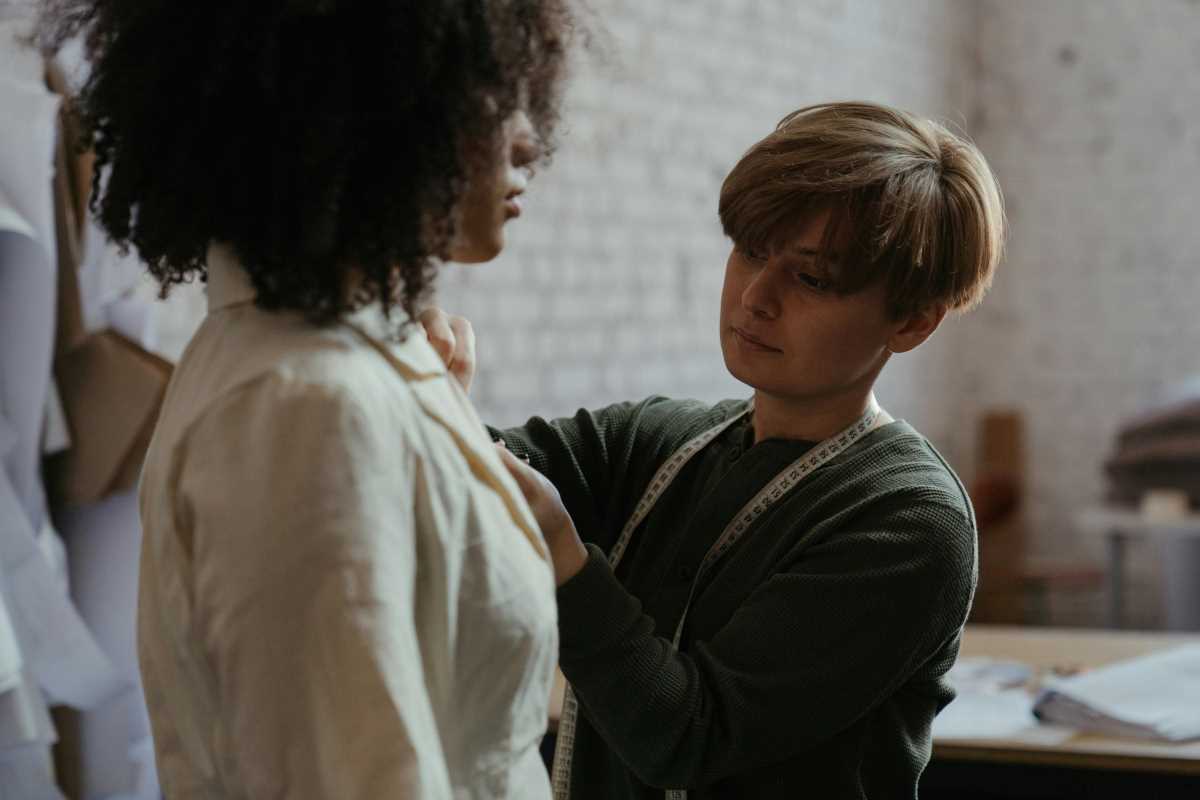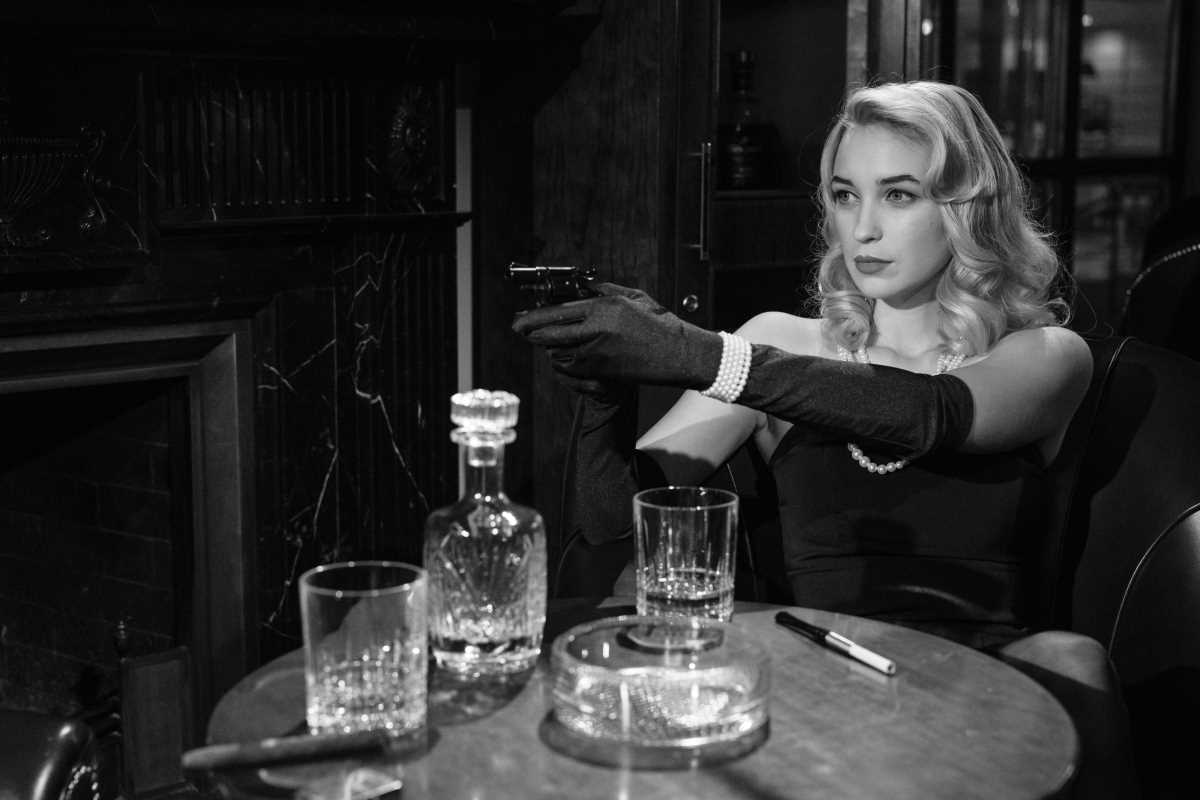Lighting design plays a key role in theater and film. These designers use light to craft mood, guide the audience's focus, and bring a director's vision to life. It’s a career that merges art with technology. A path into this field requires creativity, technical skill, and a solid network.
Here is your guide to launching a career in lighting design.
What a Lighting Designer Does
A lighting designer is the creative mind behind the lights. Their work starts with the script and conversations with the director. They decide how light and shadow will tell the story. This means choosing the right colors, angles, and intensity for every scene. In theater, they create a lighting plot that electricians follow to hang and focus lights. In film, they work with the cinematographer to shape the look of each shot. The goal is to create an atmosphere that feels authentic and supports the narrative.
Your Educational Playbook
A formal education can give you a major advantage. Many designers start with a bachelor's degree in theater production or design. These programs provide a strong base in the fundamentals.
- Design Theory: Learn the principles of light, color, and composition.
- Technical Skills: Get hands-on with lighting consoles, fixtures, and software.
- Script Analysis: Understand how to break down a story to inform your design choices.
An MFA, or Master of Fine Arts, is an option for those seeking deeper knowledge. These programs offer advanced, specialized training and connect you with industry professionals.
Beyond a degree, you need to master the tech. Get proficient with software like Vectorworks for drafting plots and grandMA or EOS for programming light boards. This technical knowledge is a must-have.
Building a Strong Portfolio
Your portfolio is your professional calling card. It's a visual collection of your best work that shows off your style and skill. It should prove you can take a concept and make it a reality.
A solid portfolio includes:
- High-Quality Photos: Showcase your finished designs from various productions.
- Draftings and Plots: Include examples of your technical paperwork, like light plots and instrument schedules.
- Concept Statements: Briefly explain your design ideas for each project and how they served the story.
Your portfolio tells a potential employer not just what you did, but why you did it. Keep a digital version of your portfolio online for easy access.
Gaining Hands-On Experience
Nothing beats real-world experience. You need to prove you can work under pressure on a live production.
- Internships: Look for opportunities at professional theaters, production companies, or rental shops. Internships provide an inside look at the industry and connect you with working designers.
- Community Theater & Student Films: These are great places to build your resume. You can often take on lead design roles and experiment with your ideas.
- Work as an Electrician: Starting as a stagehand or electrician is a common path. You’ll learn the equipment inside and out and see how professional designers work.
Every project you work on, no matter the size, is a chance to learn and add to your portfolio.
The Power of Your Network
Connections are everything in this industry. Building a strong network is crucial for finding job opportunities.
Attend industry events like conferences and trade shows. The United Scenic Artists (USA 829) is the union for designers and offers valuable resources and networking events. Get to know directors, producers, and other designers. Show genuine interest in their work and ask for advice. Many jobs are found through recommendations, so your network is one of your most powerful tools.
Collaboration is Key
Lighting design is a team effort. You will work closely with the director to shape the production's visual language. You’ll also collaborate with the set and costume designers to ensure all visual elements are cohesive. Clear communication with your master electrician or gaffer is essential to make sure your design is executed correctly and safely. Being a good team player is just as important as having a good eye.
Skills That Get You Hired
To succeed in lighting design, you need a specific set of skills.
- Creativity: Your designs must be imaginative and serve the emotional core of the story.
- Technical Expertise: You need to understand the physics of light and the latest technology.
- Problem-Solving: Things go wrong on productions. You must be able to think on your feet and find solutions quickly.
- Adaptability: Every show has different budgets, schedules, and creative demands. You have to be flexible.
A career in lighting design is demanding, but it offers incredible creative rewards. For those with a passion for storytelling and technology, it’s a chance to literally shape how an audience sees the world.
 (Image via
(Image via





